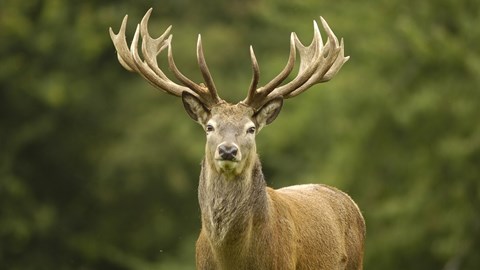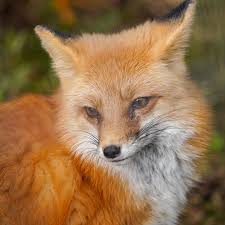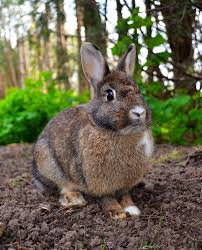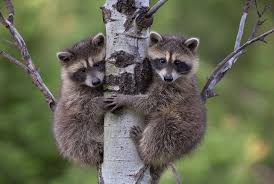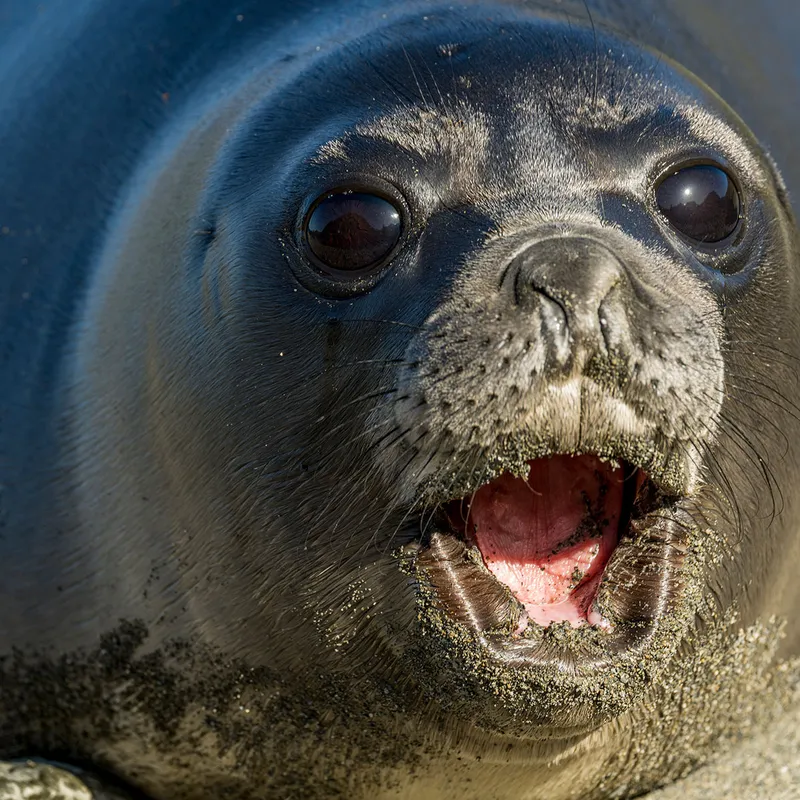Se-tenant: Baby Wild Animals (United States of America 2025)
Baby Wild Animals (United States of America 2025)
23 May (United States of America ) within release Baby Wild Animals (2025) goes into circulation Se-tenant Baby Wild Animals face value 10*FOREVER No Face Value
| Se-tenant Baby Wild Animals in catalogues | |
|---|---|
| Colnect codes: | Col: US 2025.05.23-01 |
Se-tenant is square format.
Issued in double-sided booklets containing two sets of ten designs. Stamp imperforate on one or two adjacent sides. Face value US$0.73 per stamp on day of issueAlso in the issue Baby Wild Animals (2025):
- Se-tenant - Baby Wild Animals face value 10*FOREVER;
- Booklet - Baby Wild Animals face value 20*FOREVER;
- Stamp - Bear face value FOREVER;
- Stamp - Bobcat face value FOREVER;
- Stamp - Chipmunk face value FOREVER;
- Stamp - Deer face value FOREVER;
- Stamp - Deer face value FOREVER;
- Stamp - Fox face value FOREVER;
- Stamp - Fox face value FOREVER;
- Stamp - Owl face value FOREVER;
- Stamp - Rabbit face value FOREVER;
- Stamp - Raccoon face value FOREVER;
- Stamp - Raccoon face value FOREVER;
- Stamp - Seal face value FOREVER;
- Stamp - Skunk face value FOREVER;
- Stamp - Skunk face value FOREVER;
Se-tenant Baby Wild Animals it reflects the thematic directions:
Bears are carnivoran mammals of the family Ursidae (/ˈɜːrsɪdiː, -daɪ/). They are classified as caniforms, or doglike carnivorans. Although only eight species of bears are extant, they are widespread, appearing in a wide variety of habitats throughout most of the Northern Hemisphere and partially in the Southern Hemisphere. Bears are found on the continents of North America, South America, and Eurasia. Common characteristics of modern bears include large bodies with stocky legs, long snouts, small rounded ears, shaggy hair, plantigrade paws with five nonretractile claws, and short tails.
A deer (pl.: deer) or true deer is a hoofed ruminant ungulate of the family Cervidae. It is divided into subfamilies Cervinae (which includes, among others, muntjac, elk (wapiti), red deer, and fallow deer) and Capreolinae (which includes, among others reindeer (caribou), white-tailed deer, roe deer, and moose). Male deer of almost all species (except the water deer), as well as female reindeer, grow and shed new antlers each year. These antlers are bony extensions of the skull and are often used for combat between males.
Foxes are small-to-medium-sized omnivorous mammals belonging to several genera of the family Canidae. They have a flattened skull; upright, triangular ears; a pointed, slightly upturned snout; and a long, bushy tail ("brush").
Owls are birds from the order Strigiformes, which includes over 200 species of mostly solitary and nocturnal birds of prey typified by an upright stance, a large, broad head, binocular vision, binaural hearing, sharp talons, and feathers adapted for silent flight. Exceptions include the diurnal northern hawk-owl and the gregarious burrowing owl.
Rabbits are small mammals in the family Leporidae (which also includes the hares), which is in the order Lagomorpha (which also includes pikas). The European rabbit, Oryctolagus cuniculus is the ancestor of the world's hundreds of breeds of domestic rabbit. Sylvilagus includes 13 wild rabbit species, among them the seven types of cottontail. The European rabbit, which has been introduced on every continent except Antarctica, is familiar throughout the world as a wild prey animal, a domesticated form of livestock and a pet. With its widespread effect on ecologies and cultures, in many areas of the world, the rabbit is a part of daily life – as food, clothing, a companion, and a source of artistic inspiration.
The raccoon , also spelled racoon and sometimes called the common raccoon or northern raccoon to distinguish it from the other species, is a mammal native to North America. It is the largest of the procyonid family, having a body length of 40 to 70 cm (16 to 28 in), and a body weight of 5 to 26 kg (11 to 57 lb). Its grayish coat mostly consists of dense underfur, which insulates it against cold weather. The animal's most distinctive features include its extremely dexterous front paws, its facial mask, and its ringed tail, which are common themes in the mythologies of the Indigenous peoples of the Americas surrounding the species. The raccoon is noted for its intelligence, and studies show that it is able to remember the solution to tasks for at least three years. It is usually nocturnal and omnivorous, eating about 40% invertebrates, 33% plants, and 27% vertebrates.
Pinnipeds (pronounced /ˈpɪnɪˌpɛdz/), commonly known as seals, are a widely distributed and diverse clade of carnivorous, fin-footed, semiaquatic, mostly marine mammals. They comprise the extant families Odobenidae (whose only living member is the walrus), Otariidae (the eared seals: sea lions and fur seals), and Phocidae (the earless seals, or true seals), with 34 extant species and more than 50 extinct species described from fossils. While seals were historically thought to have descended from two ancestral lines, molecular evidence supports them as a monophyletic group (descended from one ancestor). Pinnipeds belong to the suborder Caniformia of the order Carnivora; their closest living relatives are musteloids (weasels, raccoons, skunks and red pandas), having diverged about 50 million years ago.

